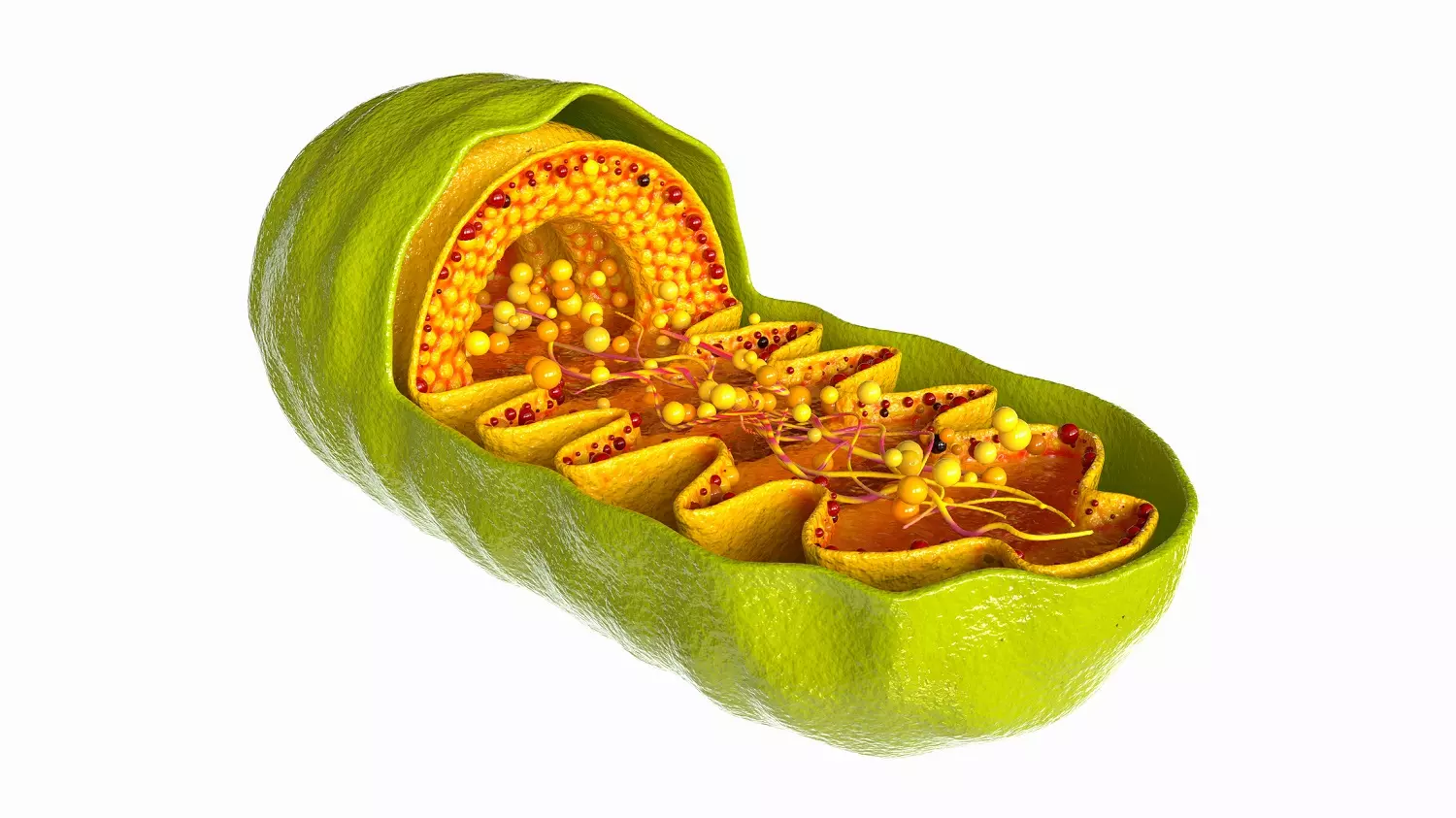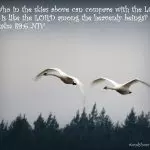This image showing a single mitochondria
[Originally published as A Newly-Discovered Component of Blood]
I have been teaching science for 34 years. I have been writing science textbooks for 27 years. I can’t tell you how many times I have written about blood and its components. Indeed, I am writing a 7th-grade textbook right now (Science in the Atomic Age), and it has a couple of sections on the properties and characteristics of human blood.
As usual, I discuss the cellular components of blood:
- Red blood cells
- White blood cells
- and Blood platelets
As well as the chemical components of blood
- Blood clotting factors
- Water
- Electrolytes
- Various proteins, etc.
I honestly thought we understood blood pretty well. However, God’s creation is so complex and intricate, it still surprises us. In a recently-published paper, scientists have found that blood contains something no one ever noticed before, and it is neither cellular nor chemical. It is something in between!
To understand what was found, you need to know that cells in fungi, plants, animals, and people contain small structures that are responsible for burning chemicals from your food and packaging the resulting energy into small units that the cells can use. Those structures are called mitochondria. While most of a cell’s DNA is held in the nucleus of the cell, there is some DNA found in the mitochondria. Not surprisingly, it is called mitochondrial DNA (mtDNA) to distinguish it from the DNA found in the nucleus, which is called nuclear DNA (nDNA).
I had learned quite some time ago that there was a lot more mtDNA in blood than nDNA, but that always made sense to me. Red blood cells have neither, because they eject their nucleus and mitochondria when they mature. However, white blood cells have both. When someone extracts DNA from blood, he or she is getting the nuclear DNA from the white blood cells. Well, each cell has several mitochondria and only one nucleus, so the white blood cells will contribute more mtDNA than nDNA to blood. In addition, blood platelets have mitochondria but no nucleus, so they are contributing a lot of mtDNA and no nDNA.
Apparently, the magnitude of the difference bothered some researchers, so they decided to go looking for mitochondria that were in the blood but not part of a cell. They found them—lots of them! In fact, they found that the mitochondria were actually surrounded by a structure that encloses them. Here is how they describe it:
To sum up, we report here that blood contains intact cell‐free full‐length mitochondrial DNA in dense and biologically stable structures over 0.22 µm in diameter and that these structures have specific mitochondrial proteins, double membranes and a morphology resembling that of mitochondria. We further demonstrate that these structurally intact cell‐free mitochondria in the blood circulation are respiratory competent. We estimate that there are between 200,000 and 3.7 million cell‐free intact mitochondria per mL of plasma
In case you are having trouble understanding the jargon, “0.22 µm” means 0.22 millionths of a meter. This is important, as the smallest cellular components of blood are blood platelets, and they are 2-3 millionths of a meter in diameter. So these structures are ten times smaller than the smallest cellular components in the blood. “Morphology” refers to visible characteristics like size and shape, so these things look like mitochondria. “Respiratory competent” means they can still do what they do inside the cell: they can still make energy.
Near the bottom of the study article is a transmission microscope image. In the right hand pictures, each oval is made by the structure that surrounds the mitochondria. The red lines show the longest dimension of the oval, and the numbers tell you how long it is. The “nm” unit means billionths of a meter, so these ovals are 0.890 and 0.978 µm across. That makes them bigger than the mitochondria, but still much smaller than blood platelets. The mitochondria, which are difficult to see, are the darker shapes contained inside the ovals.
What do these cell-free mitochondria do? Right now, we don’t know. Mitochondria have been seen being exchanged between cells, so it is possible that in addition to their main task of burning fuel for energy, they might be involved in communication between cells. It is even possible that they have some energy-related function that is independent of the cells from which they came. Figuring that out will be the focus of future research.
The main takeaway message to me is that even when we think we know pretty much everything there is to know about something in God’s creation, we probably don’t. His creation is vast and complex, and we will never know all that there is to know about it. That makes the scientist in me incredibly excited!







Thank you for an informative article that even I can understand. You are correct in that there is so much that we still do not know. We do not know what we do not know. Scientists like Ken Miller think that they know everything. Then they are proven wrong.